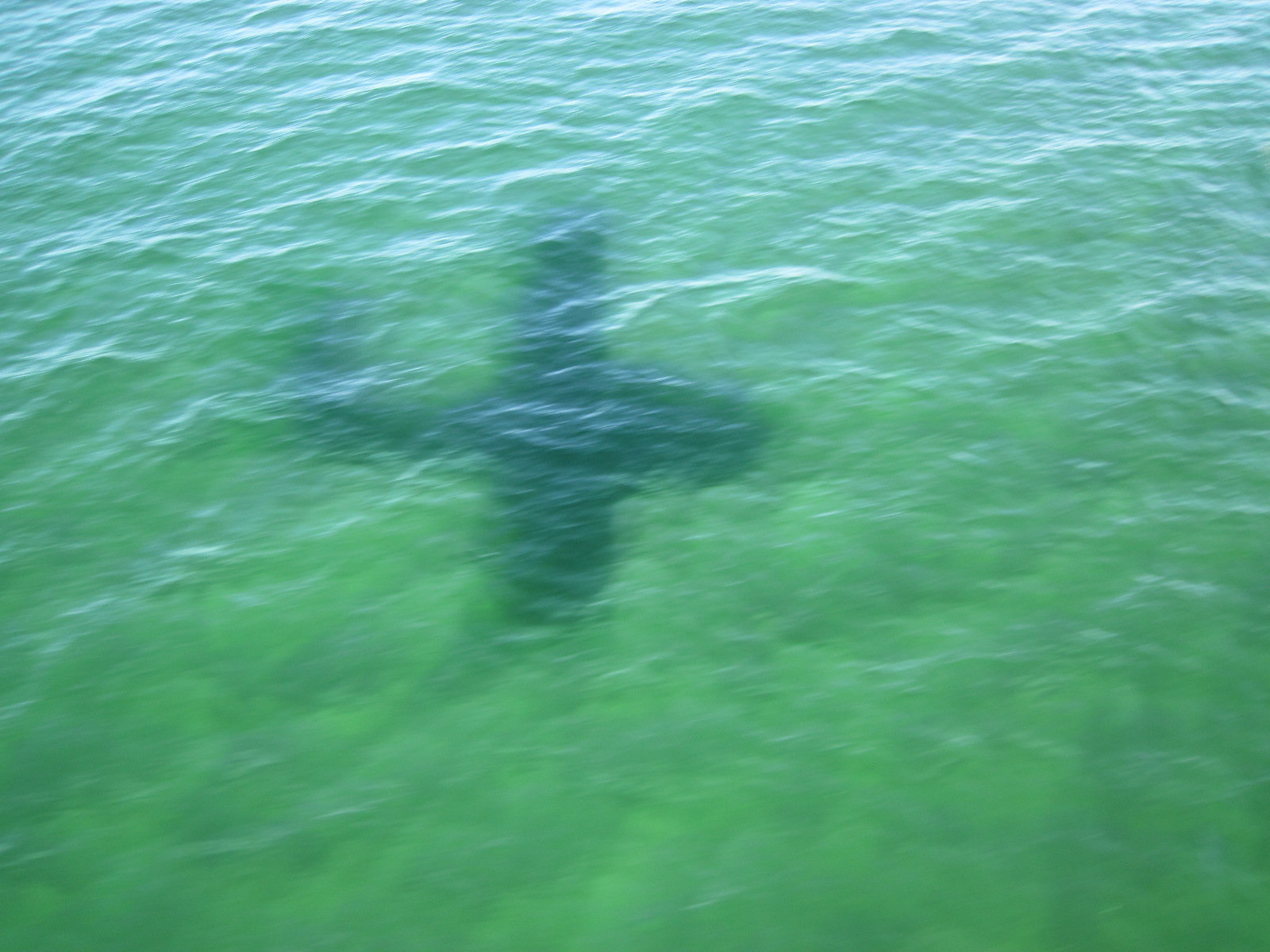As I had been mentioning about the higher costs for operating a floatplane, today's exercise was a perfect example;
About a week ago, a friend of a friend went mechanical in a small (900 meter run, with 75 foot trees obstacle) lake - full power not available for takeoff. I was consulted, and from the information given, it sounded like an exhaust valve failure. Absolutely no land access to the site. So my friend flies his 185 floatplane up to help: An hour operating cost for the 185, plus his time. Yup, it's not developing full power, can't fly out. Fly home to figure it out, 'cause the sun is setting. Fly back with tools and mechanic the next day, find the flat cylinder, and remove it, fly home. Another hour on the 185, plus two people's time. There's a real sense of urgency, as it gets colder, the opportunity to fly it out is reduced.
This morning, fly up a mechanic with a replacement cylinder (yes, it shed an exhaust valve seat). Third hour on the 185, and more time. Mechanic finds he need a few more parts, and... the 185 goes mechanical at home. No big deal, but it's not flying today! I happen along home base in my amphibian on other business - "Hey, Pilot DAR, could you fly some parts up to the mechanic for us?". He's there by himself, and either gets the stricken plane flying, so he can fly it home, or someone has to go to get him, as he's not planning to spend the night sleeping in the floatplane at shore. "Pilot DAR at your service...".
It was a beautiful day for a flight over the golden gown of autumn, and I enjoyed every minute of it. I tucked into shore, and handed the parts to a very appreciative mechanic. I decided not to complicate things by shutting down myself, just in case. I backed away from shore and waited for his signal that he was all set. With that, I departed, and I understand he flew the stricken plane home for the owner this afternoon.
So, in addition to the basic time and cost for a cylinder change, four flying hours to move people and parts back and forth, and more than that in people hours. Of course, we're all friends, and would do it for each other, so no money will change hands, but, the cost is there. The plane was "laked" about 15 miles from the nearest road, and more than a mile from the next larger lake - either it flies out of a short lake under it's own power, or the wings come off, and the helicopter is hired for several lifts.
A flying school, or commercial operation might not have the same "friends" arrangement, and had to bear that cost. I presume that wise operations budget those costs in, hence higher prices, and more restrictions on taking the plane away.
As an aside, the helicopter which crashed north of my area on August 11, is still there in the remote area, I flew over it today. Someone has partly tarped it, and draped some small trees, I suppose to protect, and perhaps conceal it. But, it too is many miles from any ground path in. Presuming that it has been hard landing damaged so as not to be flyable, it'll be a helicopter lift to get it out. I suppose if it has not been done to date, there are other factors involved in the recovery. Certainly the weather has been very nice for the last month, so it's not a weather issue. It's going to be less nice as winter approaches...
In any case, it was a beautiful day for some flying, so here's a photo as I backed away from the stricken plane, and held off shore for the mechanic to signal he was all set....

